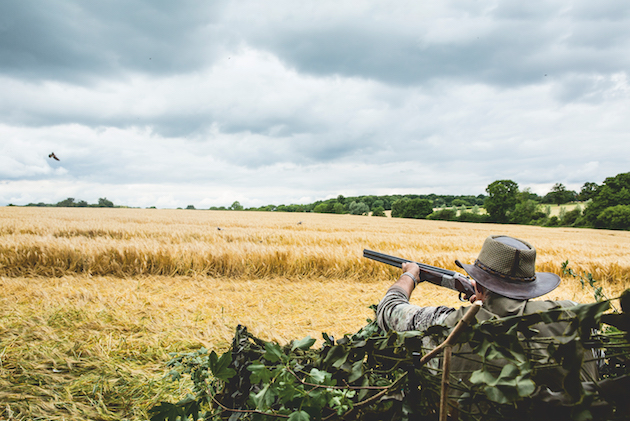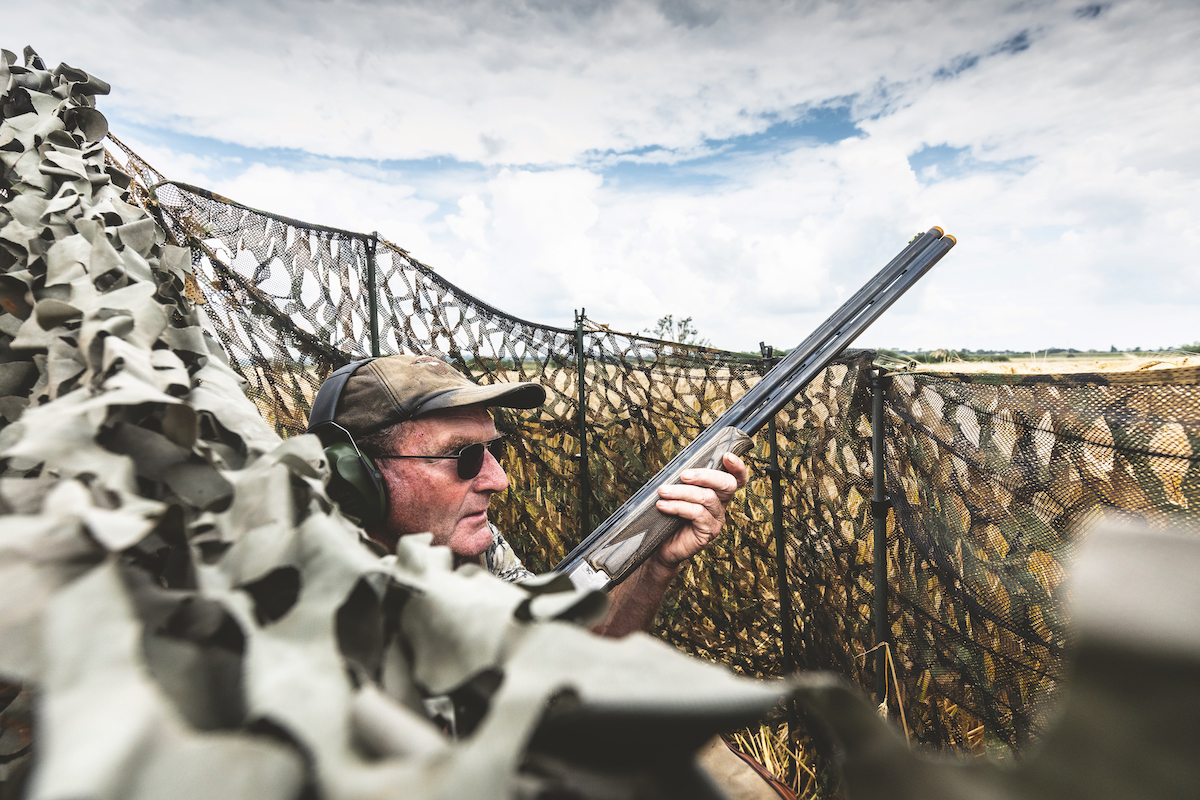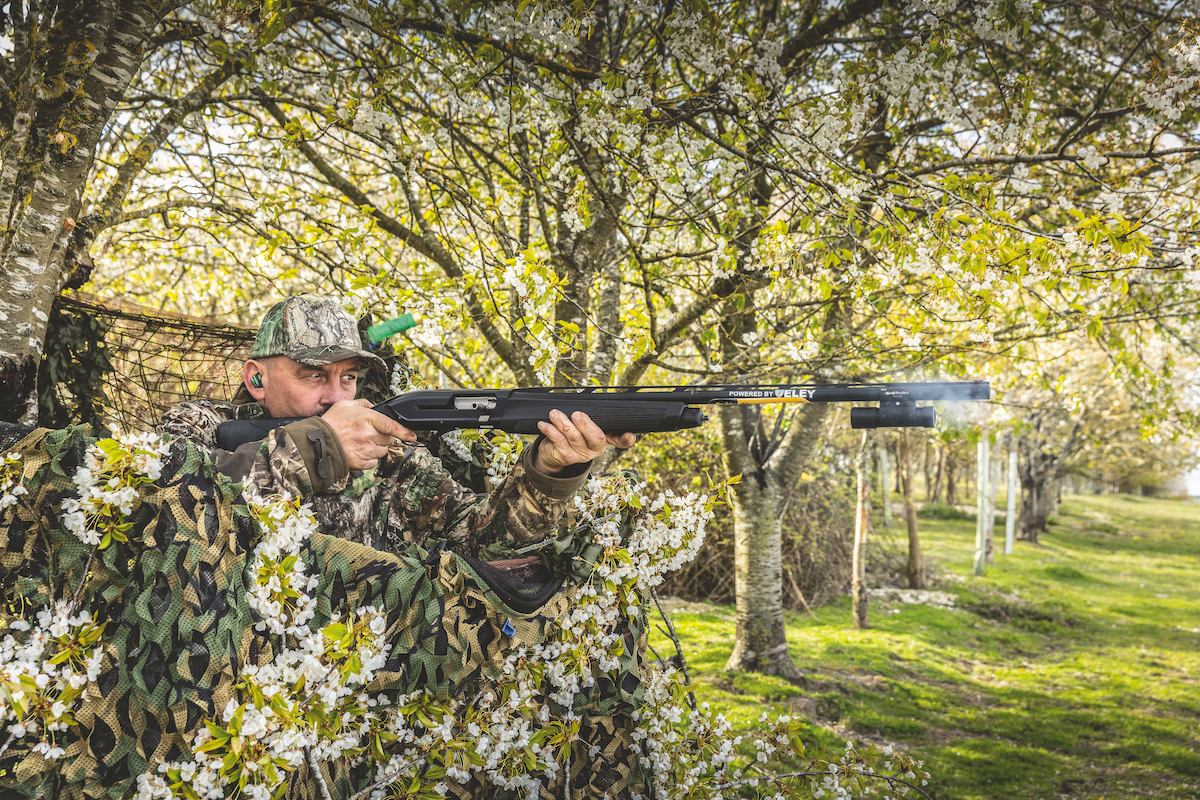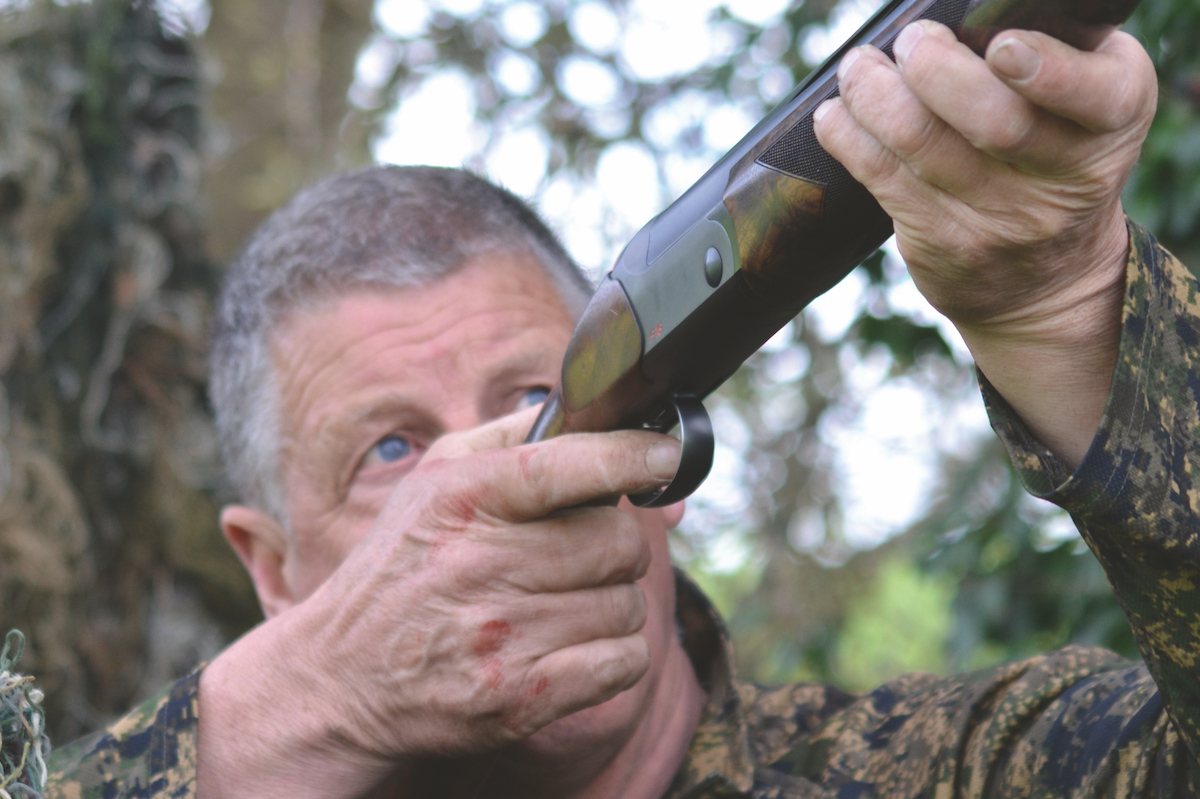How pigeon feeding habits change with the seasons
The feeding habits of wood pigeons change with the seasons. Peter Theobald runs through the calendar and highlights what you should be checking

Barley provides pigeons with a hearty summer feast
Wood pigeon feeding habits
We should have a mental picture of the different crops grown on our pigeon shooting permissions. But at what time of the year should we be checking them?
Woodies are catholic in their choice of food, which is just as well as it is not all available at the same time of year. Starting in January, when it will almost certainly be oilseed rape and depending where you live, they will stay on this until the spring drillings start, which is around mid March on my heavy Essex clay.
You may be lucky and enjoy a brief interlude on flailed pheasant cover strips, the drillings also only lasting a few brief weeks. Then it is back to the green stuff, which could be stunted rape, clover, or, joy of joys, peas. Pigeons love peas, from the moment they are drilled in April, right through till September when they are ploughed in.
Choice feeding crops
Paul and I have been looking after an enormous 150-acre field of peas, from which we have taken over 1,000 birds and we still have, potentially, the best time to come when they are harvested. This brings us up to about the middle of June, when pigeons will be nesting hard and needing more nutrition than is provided by any kind of green crop. They will be keeping a beady eye on the rapidly ripening winter sown cereals, notably winter barley, looking for an opportunity to get at the grain. In this part of the world, we have had an exceptionally dry spring and early summer, the consequence of which has meant the barley has not gone over.
Unlike the modern varieties of winter wheat, which are short and stiff stemmed, winter barley stalks tend to be quite pliable, meaning the pigeons cannot land on the crop unless there are laid patches. It must be frustrating for them to have all this lovely grub on their doorstep and not be able to get at it.

Wood pigeons can denude fields containing their diet
The wheat soon becomes more attractive as the birds do not need laid areas as they have learned to land with their wings outstretched right on top of the crop.
Things move quickly in the countryside at this time of year, so that by the beginning of July the pigeon’s favourite food of rape seeds becomes available. It is only a small window of opportunity, as the farmer either ploughs the stubble in or a shower of rain germinates the loose seed and the birds instantly lose interest in it.
Harvest will be in full swing by this time and pigeons seemingly have an infinite choice of ‘restaurants’ in which to feed but there is usually a preference for what they choose, assuming there is a variety of crops being grown in the area. They have already had the opportunity to feast on rapeseed (the first crop to be harvested), winter wheat stubble, spring wheat and barley stubble and peas, before, perhaps, the tastiest dish – beans. Beans can be the best of all because there is usually plenty of seed left behind after harvesting.

Peas are a popular choice of food for pigeons
Wood pigeon feeding habits in autumn
September beckons and once again the drills will be out, sowing next years cereals. I would recommend that you make a note of any farmers who directly drill into the stubble, as these are likely to have double the attraction of new seed and grain still left on the surface. This is particularly relevant if last year’s crop was beans, which are difficult to bury.
We are now getting close to coming full circle, the pigeons having to rely on oilseed for the rest of the winter. But they won’t touch it until they have gleaned all the natural nuts and berries that are in abundance at this time of year. From hawthorn berries, and ivy berries, to acorns and beechmast, they will scour the woods and hedgerows until every morsel has been consumed. In exceptional years, acorns and beechmast have lasted right through the winter and the pigeons have not touched the rape at all, much to the relief of farmers who spend a small fortune on rockets and gas guns trying to keep them off their fields.

Oilrape seeds are a winter staple
So, there you have it, a calendar year of wood pigeon feeding habits. The real skill of shooting large bags of pigeons often comes when birds are transitioning from one crop to another. Obvious examples are: leaving the rape for the first spring drillings; abandoning any green crop for laid winter barley; or oilseed rape fields being harvested. These are the obvious ones that any decent decoyer should be able to anticipate, but I have had monster days when I have spotted something unusual.
For example, I shot my first 100-bird day on a field of grass that had just been baled for hay. The pigeons, however, were not after the grass seed, but the ears of barley that had grown amongst the crop.









